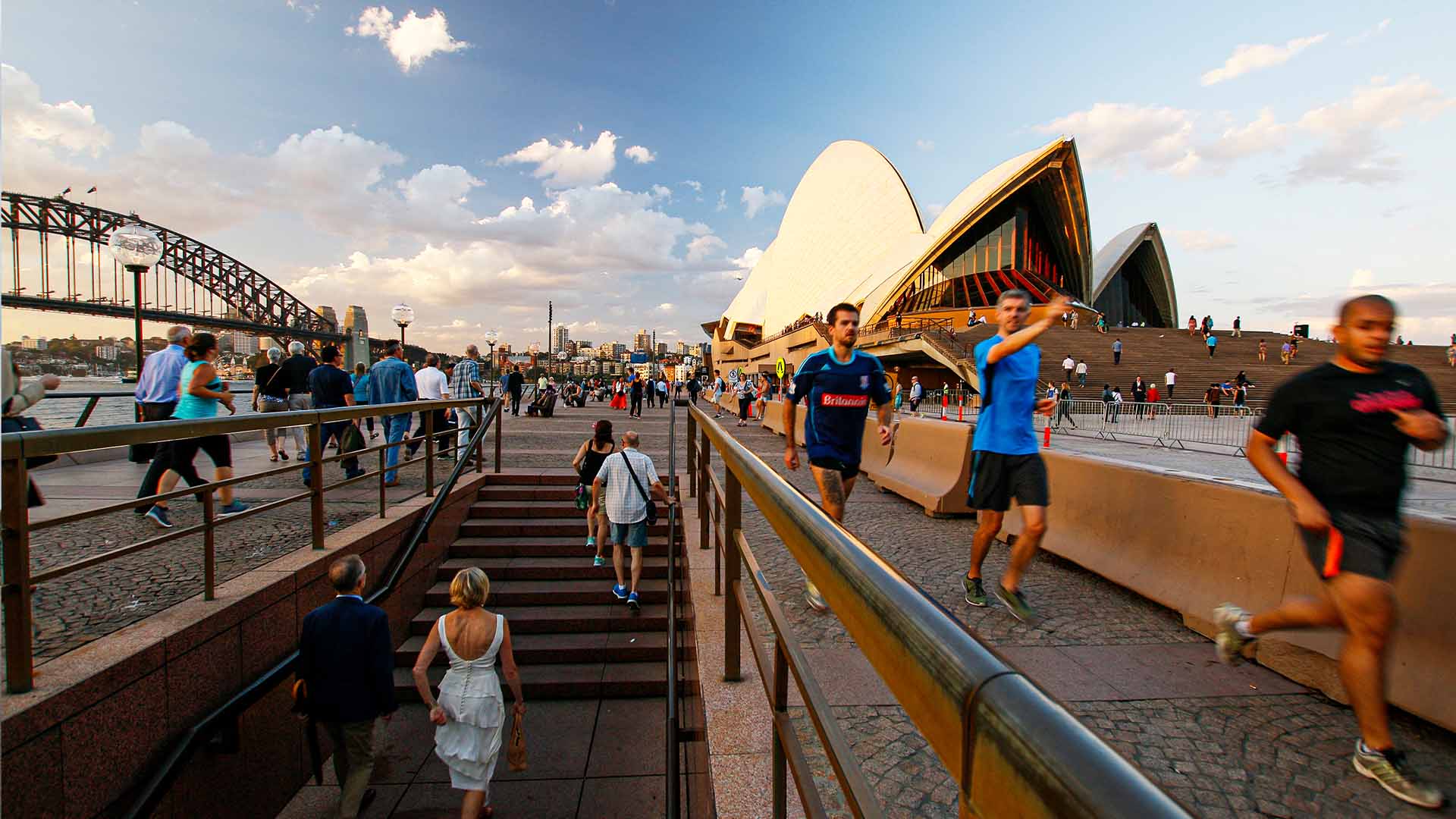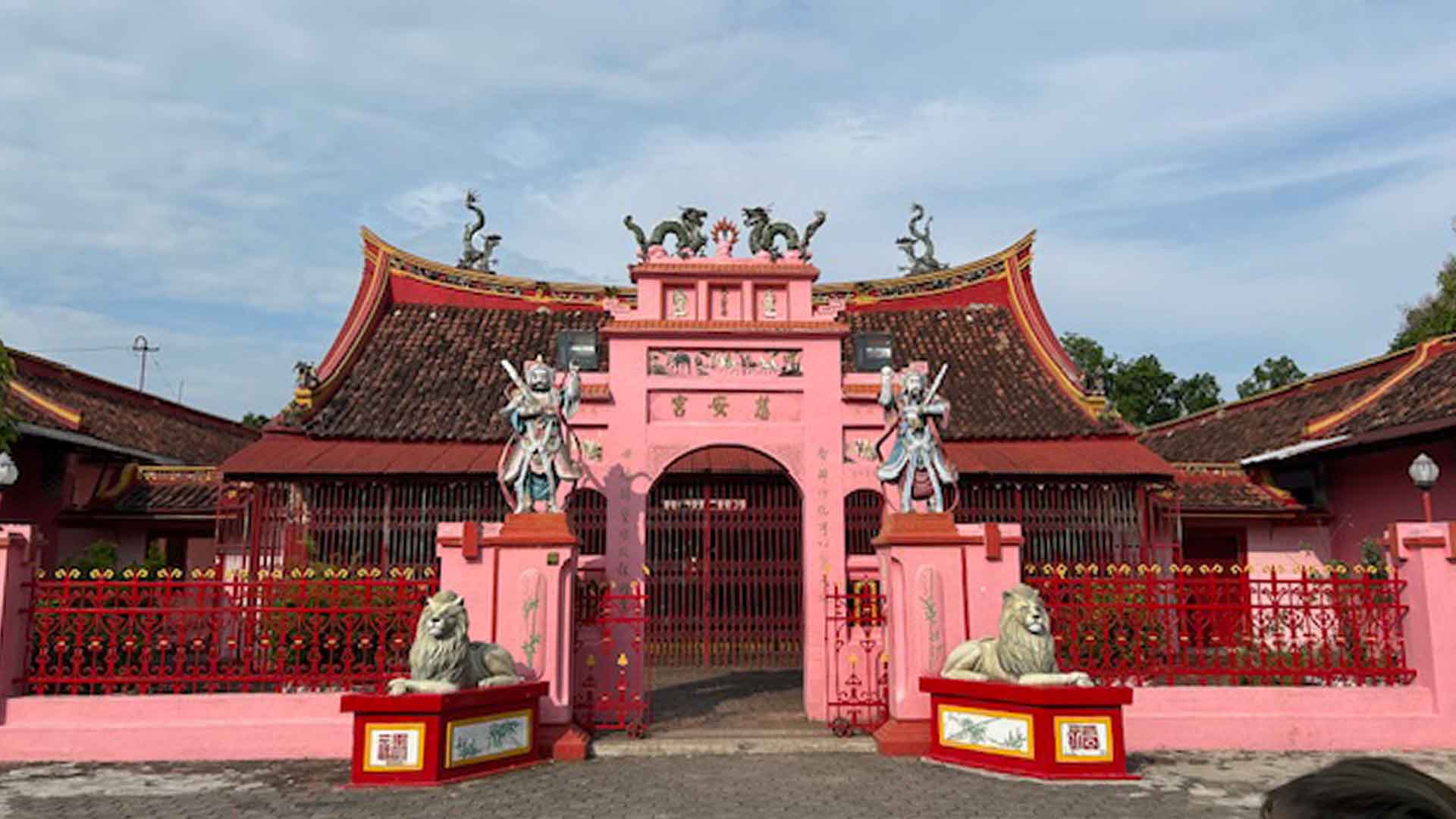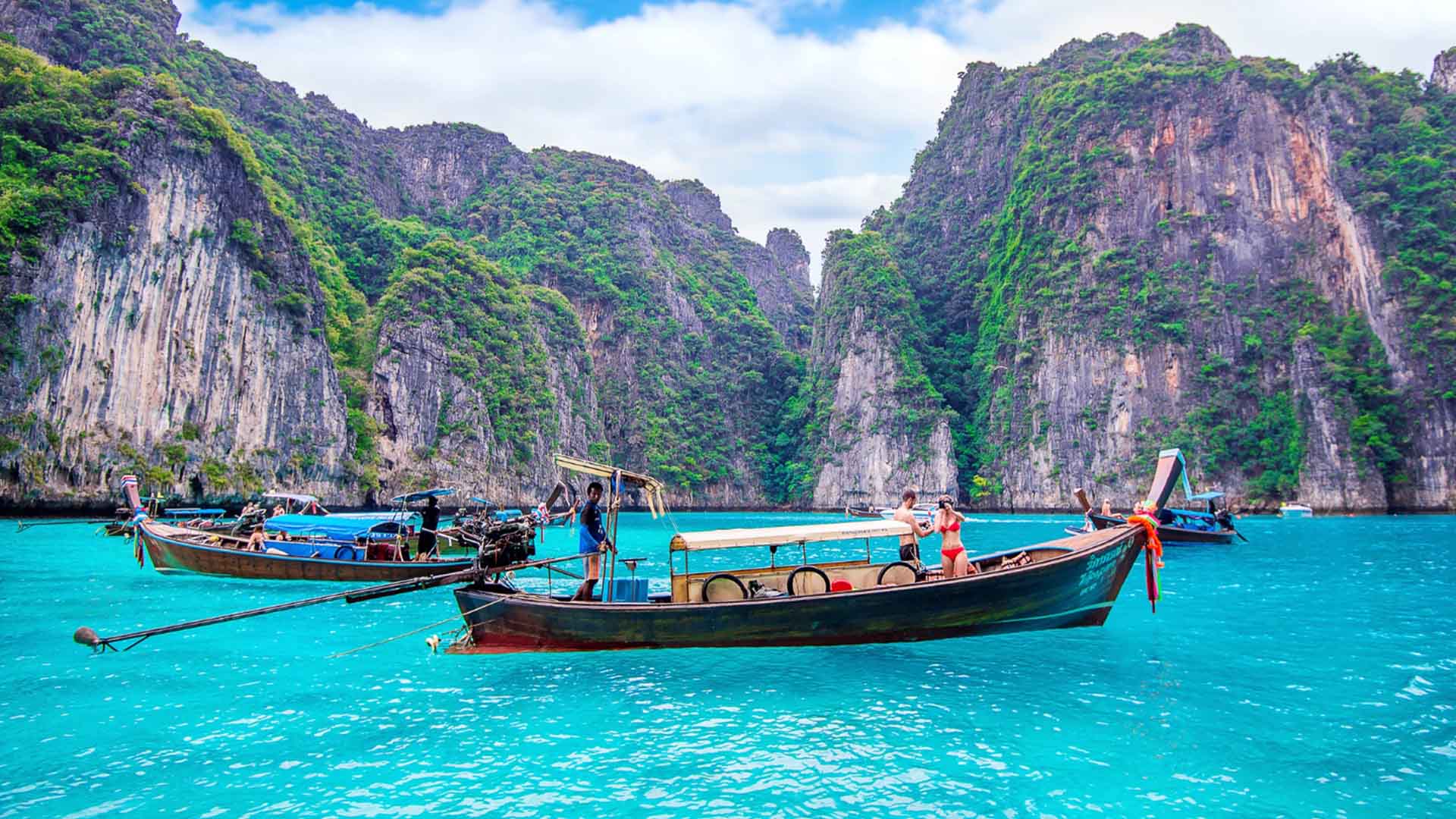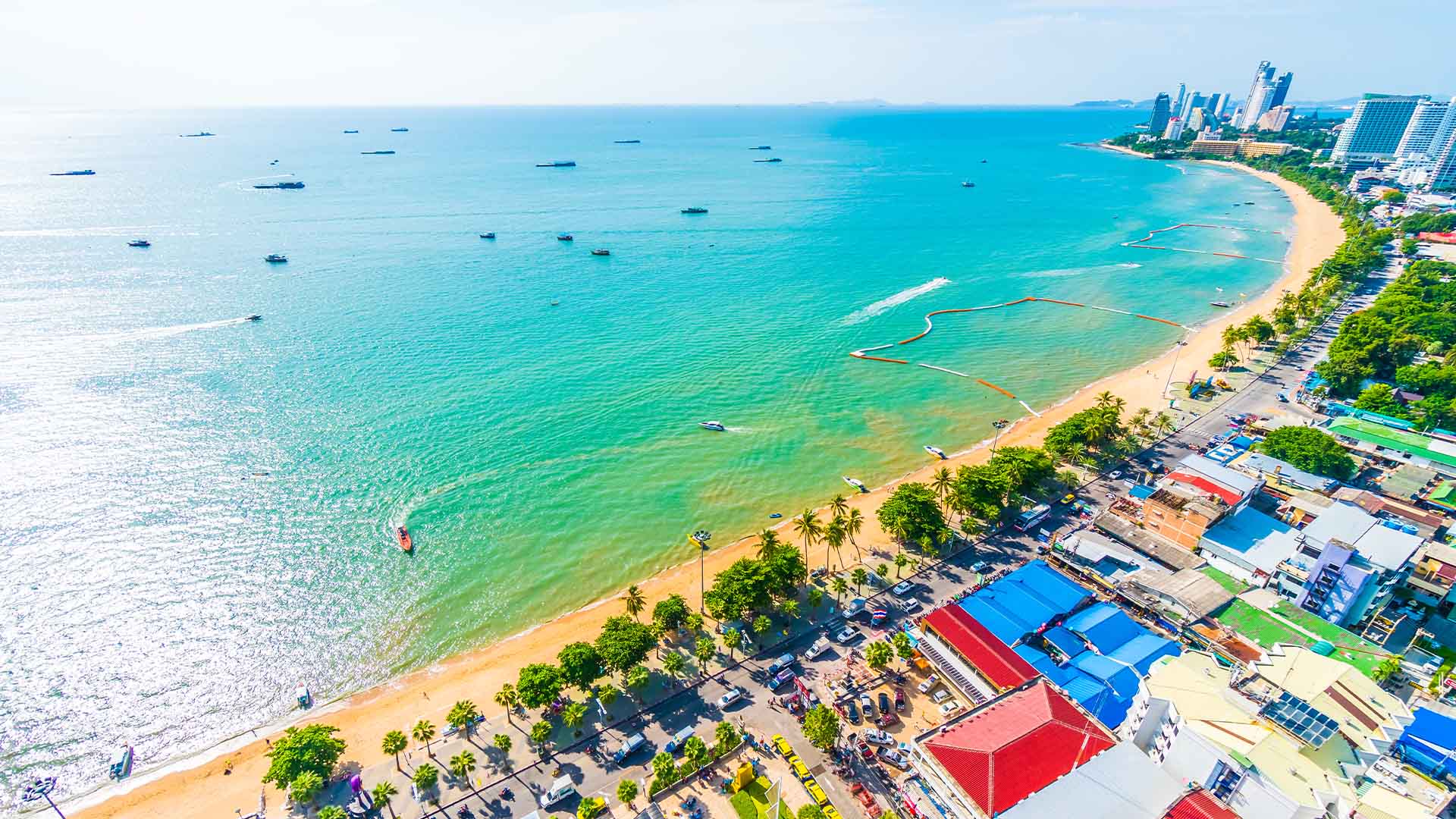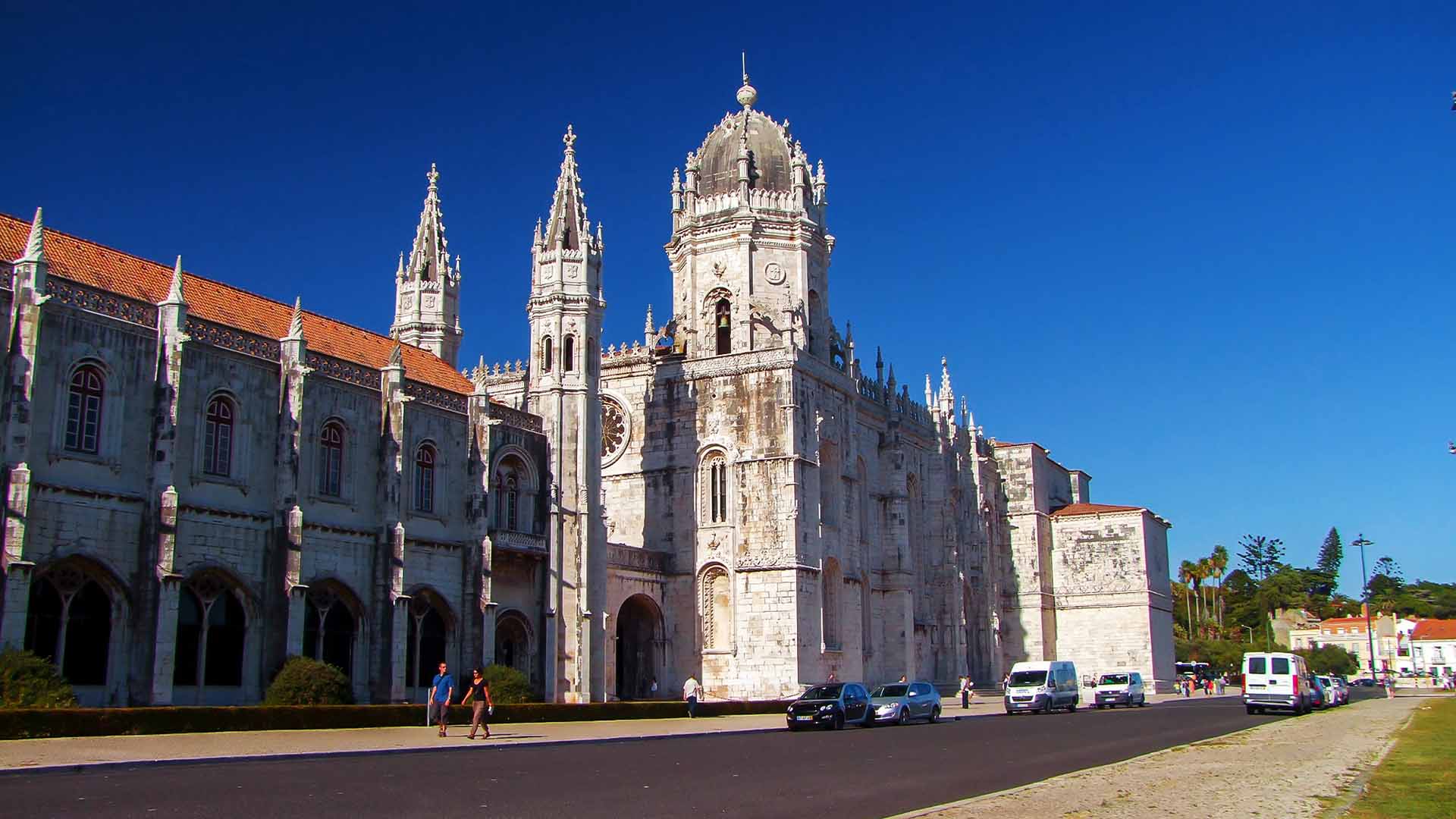This port city on the Kangaroo Continent is often equated with the ideal man who has it all. Charming, confident, established, sporty, and artistic.
Text & Photos: Valentino Luis
There are many reasons to love Sydney. Beyond the barrage of praise mentioned above, it’s considered one of the world’s most popular major cities to live in. The reason is simple: Sydney is relatively young (200 years old) compared to other cities on earth, yet its development is proceeding smoothly and in a controlled manner. Each part of the city has been given a fair share of growth.
The harmony of this city, the birthplace of actor Hugh Jackman, is also supported by a population that is largely naturalized. There’s no apparent racial predominance in Sydney; although you’ll generally encounter Caucasian residents, they certainly don’t come from the same national background. Just take a 30-minute walk around the city center and you’ll easily spot the ethnic differences. Recognizing their diversity, both written and oral regulations strongly prioritized tolerance and openness of perspective. This was a factor in Sydney’s “success.” It didn’t need to capitalize on oil reserves like Arab cities, or boast about past glories like European cities.
Exploring Sydney’s history cannot be separated from the indigenous Aboriginal community that had lived there for generations. The first contact with Europeans occurred when Captain Arthur Philip of England landed in Sydney Bay (now the Harbour area) in January 1788. Arthur reportedly registered over 1,500 Aboriginal people at the time. The captain did not arrive alone, but with 1,000 other people, including crew members, who were refugees from North America (during the outbreak of the American War of Independence). They found a water source and decided to settle there. This decision was made on January 26, 1788, which is now celebrated as “Australia Day.”
Australia’s openness, especially Sydney’s, to immigrants was tempered by the events of World War II, when the region was nearly devastated by Japanese attacks. Fortunately, many countries intervened. After World War II ended, Australia implemented the Postwar Immigration Program and welcomed many new residents from England, Germany, Italy, Poland, Greece, Ireland, and Portugal. Immigration from Asia was marked by the arrival of refugees from the Vietnam War. That’s why it’s easy to find areas inhabited by immigrant groups in Sydney. They may come from diverse backgrounds, but they now call Australia home. The government’s support for cultural ties is unwavering, and it’s no wonder that each community hosts cultural festivals. This creates a comfortable living environment, boosts the economy, and gradually becomes a driving force for tourism promotion.
ICONIC TRIP
There’s no better place to start exploring Sydney than its harborside area. Wherever you’re staying, take a train or bus and head to Circular Quay. This station opens directly to the heart of Sydney, a milestone in the city’s development.
Exiting the north exit, you’ll find yourself facing the ferry terminal. The ferries that operate there daily are tourist ferries, including regular ferries to other parts of Sydney. The surrounding pedestrian area is always filled with street performers, such as singers, magicians, human statues, and Aboriginal artist groups. Around 4 p.m. in the afternoon is the perfect time to feel the pulse of Circular Quay and walk under the afternoon sun.
From here, you can already see the Sydney Opera House, your first destination and a Sydney icon, so walk to the right side of the wharf. After the street performers, you’ll see people scattered around the restaurants and cafes. These are typically workers arriving after work, enjoying the afternoon while sipping wine and socializing with colleagues or clients. The most crowded cafes are those along the Opera House’s waterfront. Feast your eyes on the Sydney Harbour Bridge and, of course, admire the architecture of the Opera House while catching the reflections of passing ships.
Designed by Danish architect Jørn Utzon, this world-class performing arts venue offers daily tours to explore its interior. You might be busy checking out this and that, but don’t forget to take a few minutes to sit on the steps and relax.
Across the Opera House steps, a path leads to the Royal Botanic Garden, a 30-hectare green park. Nearly 9,000 species of Australian and international plants are cared for here. In spring, the area is even more vibrant with young shoots and blooming flowers. It’s an oasis for relaxation, a picnic, or a nap.
In the Royal Botanic Gardens stands Government House. Entry is free. The rooms are decorated with antique furniture. After visiting this European-style building, continue along the eastern waterfront until you reach Mrs. Macqurie’s Chair. This small, rocky promontory offers a panoramic view of the Opera House with the Sydney Harbour Bridge in the background. Many people come here to take photos.
Continuing east, you’ll reach Woolomolloo Bay with its beautiful Andrew Carlton Pool. Back on the highway, you’ll pass the Art Gallery of New South Wales, which is also free and houses Aboriginal and Asian artifacts and artwork. If you have time, also visit the NSW State Library, where art exhibitions are often held. Next to it are the NSW Parliament Building and Sydney Hospital.
This trip can be done in reverse, meaning you start at the NSW State Library and end at the Opera House. It’s a great way to end with a sunset view. Martin Place Station is also nearby. Just plan ahead.
Another option is to start your morning in Hyde Park. Take the train to St. James Station. This is very close to Martin Place Station, but more convenient because exiting there you can immediately visit St. Mary Cathedral, Sydney’s largest church. This place of worship, in its typical English Gothic style, has been around since 1868. The interior is beautiful, with a high altar. Choir groups often practice there.
After St. Mary Cathedral, a must-see is the bustling shopping scene on Market Street, west of Hyde Park or across from St. Mary Cathedral. Just look up at the tall towers of Sydney Tower & Sky Walk and everything will be clear. This area is filled with shops and brand-name fashion boutiques. The wide pedestrian walkway serves as a hangout and busking spot for local artists and singers.
You’ve always wanted to see Sydney from above, haven’t you? Well, Sydney Tower & Sky Walk is open to the public. For a ticket, you can enjoy a 4D cinema showing the beauty of Sydney, complete with water sprays and other effects. Next, head to the View Room, where you’ll see a 360-degree panoramic view of Sydney. Those who aren’t satisfied and have the courage to try the Sky Walk, walking outside the tower at a height of 268 meters. Dare?
FROM THE QUEEN TO CELEBRITIES
This exploration will take you to the neighboring tourist hub of Sydney Harbour. Starting at Town Hall Station, take the QVB exit, also known as the Queen Victoria Building. This Romanesque-style building houses an elegant shopping center. Stepping inside is like walking through a palace hallway. Spanning four floors, experience shopping like a queen. Or enjoy brunch with cakes and coffee at one of the shops.
Exit the QVB exit, marked by a statue of the Queen, and cross over to Sydney Town Hall, a renowned concert venue and meeting spot. Next to it stands the striking St. Andrew’s Cathedral, with its twin spires. This is Australia’s oldest cathedral. As you enter, be sure to check out the classical organ located to the right of the altar.
Now you’ve moved on to another area: Darling Harbour. This area is quite modern, and if you’re traveling with family and children, Darling Harbour is the perfect place. Head west; everyone knows where it is. Darling Harbour used to be somewhat neglected, but construction began in the late 1990s. There’s a variety of contemporary architecture as you approach the harbourfront.
The eastern side of Darling Harbour is filled with restaurants and educational family-friendly amusement rides. Starting with the Chinese Garden, the Powerhouse Museum showcases science and technology products. The Sea Life Aquarium is sure to be a delight for the kids. Besides being beautiful, it’s also the home of Nemo, the fish from the famous film. Next door, you won’t be mistaken for the bright red Madame Tussauds waxworks museum. It’s time to meet celebrities, from Barack Obama to supermodel Miranda Kerr.
The adventure at Darling Harbour isn’t over yet. Cross to the other side of the pier on foot across Pyrmont Bridge, a spacious, antique pedestrian bridge. Arriving on the other side, the Australian National Maritime Museum awaits. In addition to its large building, this museum also displays sailing ships openly on its docks, resembling a shipyard. Anyone passing by can see them. There’s also the Darling Lighthouse, an old lighthouse standing tall with its pristine white and red stripes.
SUNSHINE AT THE TOP OR AT THE FOOT OF THE BRIDGE?
No one can resist setting foot on this bridge, the pride of the city that hosted the 2000 Olympics. The Sydney Harbour Bridge is a

